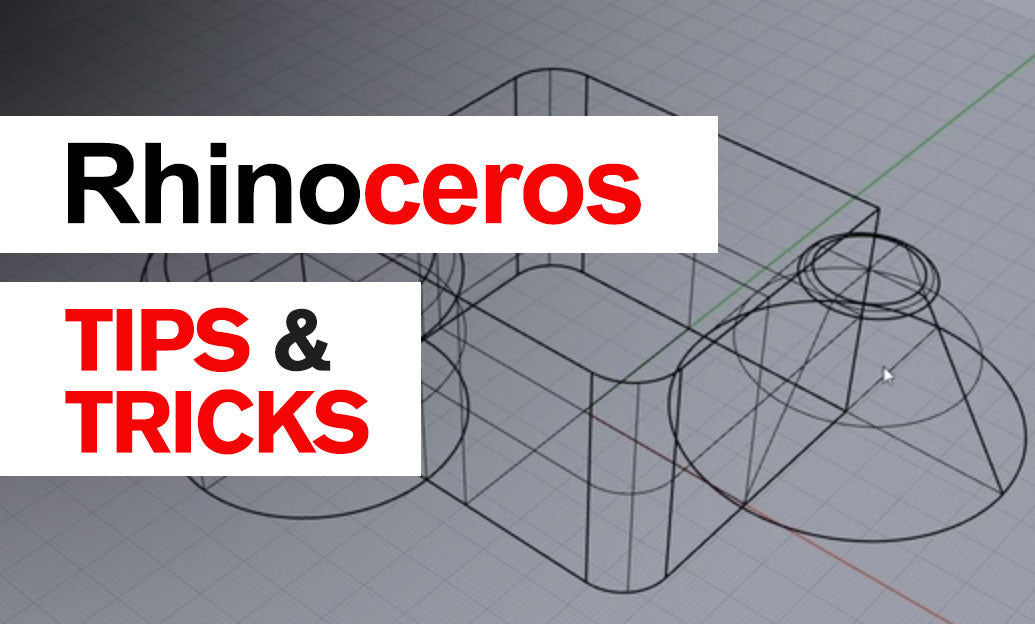Your Cart is Empty
Customer Testimonials
-
"Great customer service. The folks at Novedge were super helpful in navigating a somewhat complicated order including software upgrades and serial numbers in various stages of inactivity. They were friendly and helpful throughout the process.."
Ruben Ruckmark
"Quick & very helpful. We have been using Novedge for years and are very happy with their quick service when we need to make a purchase and excellent support resolving any issues."
Will Woodson
"Scott is the best. He reminds me about subscriptions dates, guides me in the correct direction for updates. He always responds promptly to me. He is literally the reason I continue to work with Novedge and will do so in the future."
Edward Mchugh
"Calvin Lok is “the man”. After my purchase of Sketchup 2021, he called me and provided step-by-step instructions to ease me through difficulties I was having with the setup of my new software."
Mike Borzage
Elevating User Experience Through Typography: Insights and Best Practices in UX Design
June 17, 2024 2 min read


Introduction: Understanding the Impact of Typography on UX
Typography is an integral component of user experience (UX) design, playing a crucial role in communicating the message of a website or application effectively. At its core, UX design principles focus on enhancing user satisfaction by improving the usability, accessibility, and pleasure provided in the interaction between the user and the product. Typography, by influencing how content is presented and perceived, significantly contributes to these principles. The choice of font not only affects the aesthetic appeal of a digital product but also its functionality and accessibility, making it a vital aspect of the design process. The significance of typography in communication cannot be overstated, as it directly impacts the user's first impression and has a subconscious effect on their perception of the website or application.
The Psychological Influence of Font Types
Fonts carry inherent meanings and can evoke specific emotions, making the choice of typography a powerful tool in UX design. Different fonts convey different messages; for example, serif fonts are often associated with tradition and reliability, while sans-serif fonts are viewed as modern and approachable. This psychological influence of font types plays a critical role in shaping user perception and engagement with the content. Through an exploration of how typography affects user psychology, designers can make informed decisions that enhance user experience and readability, ultimately impacting the overall success of a digital product.
Best Practices in Typographic UX Design
Creating an effective typographic UX requires adherence to certain best practices. These include:
- Selecting the appropriate font: Choose fonts that are not only aesthetically pleasing but also readable and suitable for the intended audience and platform (web or mobile).
- Maintaining consistency: Consistent use of typography throughout the interface helps in creating a cohesive and harmonious design, enhancing the user experience.
- Establishing hierarchy: Effective use of typographic hierarchy (using different fonts, sizes, and styles) guides users through the content, making it easier to understand and interact with.
- Ensuring accessibility: Accessibility considerations, such as adequate font size and sufficient color contrast, are critical in making content accessible to a wider audience, including those with visual impairments.
These guidelines are fundamental in leveraging typography to improve UX, making content more engaging and accessible to users.
Emerging Trends and Future Directions in Typographic Design
With advancements in technology and screen resolutions, typographic design is rapidly evolving. One of the most significant trends is the integration of variable fonts and responsive typography, which allows for more flexibility and adaptability in design, ensuring optimal readability across different devices and screen sizes. Additionally, as screen technology continues to advance, new opportunities for innovative typography emerge, pushing the boundaries of what can be achieved in digital design.
The future of typography in UX design looks promising, with predictions pointing towards an increased role in immersive technologies such as virtual reality (VR) and augmented reality (AR). In these environments, typography will need to adapt to 3D spaces and interactive experiences, presenting exciting challenges and opportunities for designers. As we move forward, the importance of typography in enhancing user experience and communication will undoubtedly continue to grow, further establishing its critical role in UX design.
Also in Design News

Rhino 3D Tip: Understanding Surface and Solid Modeling in Rhino for Enhanced Workflow Efficiency
August 30, 2025 3 min read
Read More
Unlocking Advanced Animation Techniques: Five Studio-Proven Tricks to Elevate Your 3ds Max Workflow
August 30, 2025 6 min read
Read MoreSubscribe
Sign up to get the latest on sales, new releases and more …



